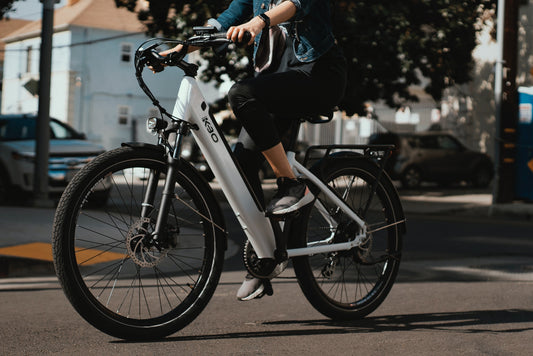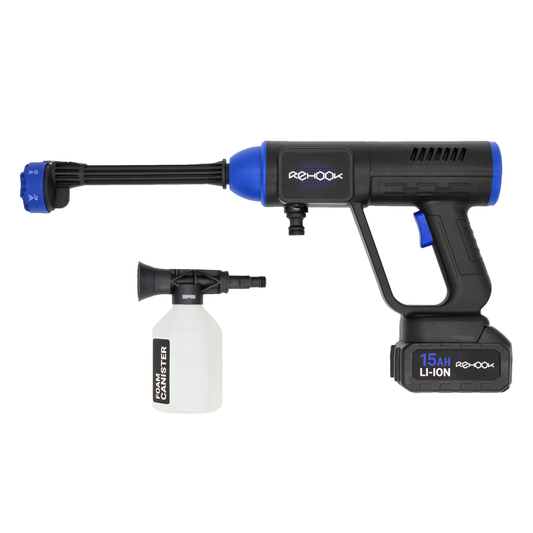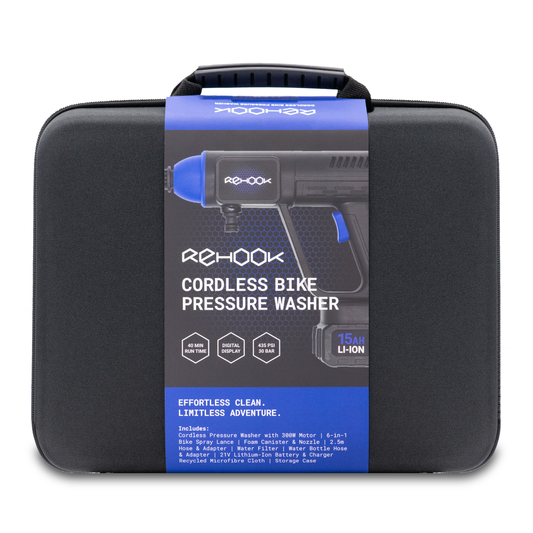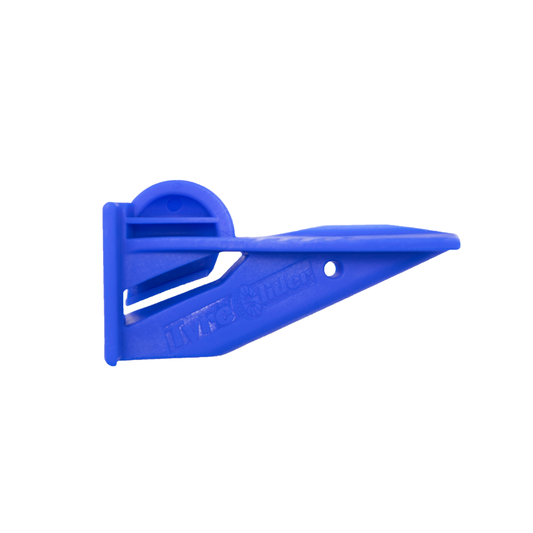Sigh-kuhl kuhm-pyu-tuhr
Noun, Cyclecomputer
A device used by cyclists to track their performance.
Example usage: I use a cyclecomputer to measure my speed and distance while cycling.
Most used in: Cycling communities around the world.
Most used by: Cyclists who are serious about tracking their performance.
Popularity: 8/10
Comedy Value: 4/10
Also see: Cycling Computer, Bike Computer, Cyclocomputer, Cycle Odometer,
What is a Cyclecomputer?
A cyclecomputer, sometimes referred to as a bike computer, is a small device that attaches to a bicycle and records data such as speed, distance, and time. This can be used by cyclists to track their performance, compare rides, and calculate routes. Cyclecomputers are popular among recreational and competitive cyclists alike.
Most cyclecomputers have a display that shows the current speed, average speed, and distance traveled. Some models also include features such as altitude and temperature readings, heart rate monitors, and navigation systems. Some cyclecomputers are even able to connect to a smartphone, allowing the user to access and analyze data on their ride.
Cyclecomputers are an invaluable tool for cyclists, allowing them to track their progress and make the most of their rides. According to a survey conducted by Statista, over 60% of cyclists in the United States own a cyclecomputer. This shows the level of popularity and acceptance of these devices among cyclists.
.The Origin of the Term 'Cyclecomputer' for Cycling
The term 'cyclecomputer' is used to refer to a device which is designed to measure the performance and progress of a cyclist. It was first used in the late 1970s in the United States, when the first commercially available devices were released.
The devices were developed to measure the speed and distance traveled by a cyclist. They were also used to measure the heart rate and other physical parameters of the cyclist. Initially, the devices were made of plastic and could be mounted on the handlebars of a bicycle.
The term 'cyclecomputer' started to become more popular in the 1980s, when the devices became more sophisticated and could measure a wider range of parameters. This included cadence, power output, and elevation. As the technology improved, more features were added, such as GPS navigation, and the ability to communicate with other devices.
Today, cyclecomputers are used by cyclists of all levels, from amateur to professional. They are an essential tool for monitoring performance and progress, and are used by cyclists all over the world.












